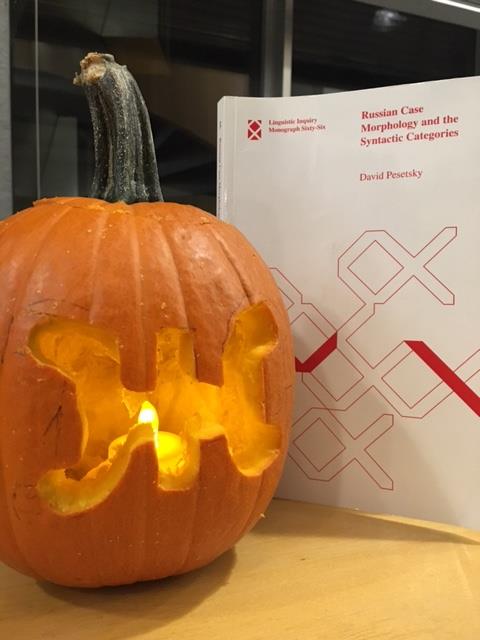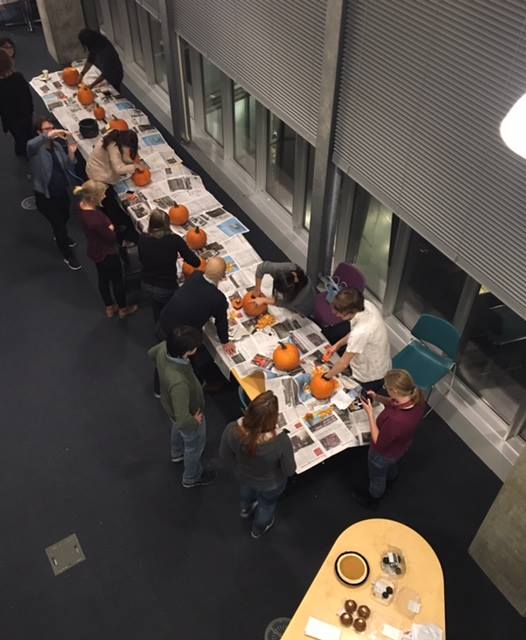Speaker: Chris O’Brien (MIT)
Title: Linearization and complete dominance: Deriving the right-edge restriction on RNR
Date/Time: Monday, Oct. 31, 1-2pm
Location: 32-D461
Abstract:
This talk concerns two puzzles involving the multidominant analysis of right-node raising structures (McCawley 1982, Wilder 1999, Bachrach & Katzir 2015, a.o.). The first is how such structures can be assigned a well-formed linear ordering at PF. Following Wilder (1999), I argue that this is because linearization of multi-dominant structures is sensitive to complete dominance. That is, when one phrase A is ordered before a phrase B, everything completely dominated by A must be ordered before everything completely dominated by B.
The second puzzle concerns the “right-edge restriction” on RNR structures (Wilder 1999, Bachrach & Katzir 2015). It turns out that, while the pivot of an RNR structure may appear in a non-rightmost position within the final conjunct, it must be merged in the rightmost position of of each non-final conjunct. My proposal depends on one crucial property of complete dominance: The notion that x completely dominates y must be defined with respect to some larger structure (or set of structures). I argue that linearization is computed compositionally at each step in the derivation. For any phrase A = Merge(B, C) , where some linear precedence rule says that B < C, then all terminal nodes which are completely dominated by B within A will be required to precede all nodes completely dominated by C within A. This turns out to derive the right-edge restriction. I end with discussion of some recalcitrant problems involving internal merge structures.






